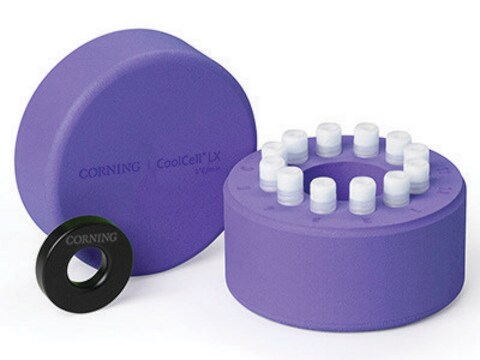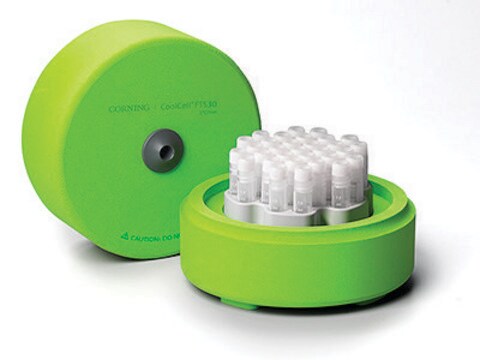MAB4155
Anti-BCRP1 Antibody, clone 5D3
clone 5D3, Chemicon®, from mouse
Sinónimos:
ABC transporter, ATP-binding cassette transporter G2, ATP-binding cassette, sub-family G (WHITE), member 2, ATP-binding cassette, sub-family G, member 2, Breast cancer resistance protein, CD338 antigen, Mitoxantrone resistance-associated protein, Placent
About This Item
Productos recomendados
biological source
mouse
Quality Level
antibody form
purified immunoglobulin
antibody product type
primary antibodies
clone
5D3, monoclonal
species reactivity
rat, human
manufacturer/tradename
Chemicon®
technique(s)
flow cytometry: suitable
immunocytochemistry: suitable
immunofluorescence: suitable
western blot: suitable
input
sample type neural stem cell(s)
sample type hematopoietic stem cell(s)
isotype
IgG2bκ
NCBI accession no.
UniProt accession no.
shipped in
wet ice
target post-translational modification
unmodified
Gene Information
human ... BCRP1(644079)
General description
Specificity
Immunogen
Application
Cell cultures fixed with 4% PFA 5-15 minutes at room temperature. Blocking with 10% NGS, 0.1% BSA in PBS with 0.3% Triton X-100 (Ginis et al., 2004).
Flow Cytometry:
1:100-1:1000 dilution from a previous lot was used.
Inhibition Assay:
A previous lot was used to inhibit ABCG2 (Watanabe, K. et al., (2004. FEBS Letters 565:6-10). See also Sarkadi, B., et al., 2004 FEBS 567:116-120,. Sarkadi reports that the detection and inhibition by 5D3 strongly depends on the actual conformation of ABCG2.
Blocking with 10% NGS, 0.1% BSA in PBS with 0.3% triton X-100 (Ginis, 2004).
Optimal working dilutions must be determined by end user.
Stem Cell Research
Neural Stem Cells
Hematopoietic Stem Cells
Quality
Western Blot Analysis:
1:500 dilution of this lot detected BCRP1 on 10 μg of L6 lysates.
Target description
Physical form
Storage and Stability
Analysis Note
MCF-7 cells
Other Notes
Legal Information
Disclaimer
¿No encuentra el producto adecuado?
Pruebe nuestro Herramienta de selección de productos.
Optional
Storage Class
10 - Combustible liquids
wgk_germany
WGK 2
flash_point_f
Not applicable
flash_point_c
Not applicable
Certificados de análisis (COA)
Busque Certificados de análisis (COA) introduciendo el número de lote del producto. Los números de lote se encuentran en la etiqueta del producto después de las palabras «Lot» o «Batch»
¿Ya tiene este producto?
Encuentre la documentación para los productos que ha comprado recientemente en la Biblioteca de documentos.
Nuestro equipo de científicos tiene experiencia en todas las áreas de investigación: Ciencias de la vida, Ciencia de los materiales, Síntesis química, Cromatografía, Analítica y muchas otras.
Póngase en contacto con el Servicio técnico








